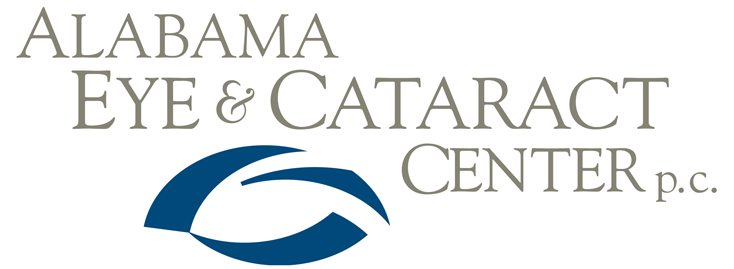Dry Eye Syndrome is a very common eye condition that can affect eye health and vision. Anytime you do not produce enough tears, or if tears evaporate or drain too quickly, the symptoms of dry eyes may become present. The symptoms of dry eyes include a scratchy, dry, sandy or gritty feeling that can be accompanied by a stringy clear white discharge with noticeable pain and redness. Dry eye creates additional risk for corneal infections when the tear film, which serves as a protective mechanism and contains a number of antimicrobial components, is deficient.
Dry Eye Syndrome is a very common eye condition that can affect eye health and vision. Anytime there is inadequate tear production, too rapid tear evaporation or drainage, the symptoms of dry eyes may become present. The symptoms of dry eyes include a scratchy, dry, sandy or gritty feeling that can be accompanied by a stringy clear white discharge with noticeable pain and redness. Dry eye creates additional risk of corneal infection, as the tear film, which serves a protective mechanism and contains a number of antimicrobial components, is deficient.
Our eye doctors will provide diagnostic testing and treatment of dry eyes and will be able to make a treatment recommendation for your individual situation. Depending on the severity and the cause of your dry eyes, we may recommend a number of different treatment options to help your dry eye problems including Restasis® or Xiidra® prescription eye drops, punctal plugs, artificial tears, LipiFlow®, and even dietary supplements and vitamins. If you have mild or even moderate dry eyes, the first course of treatment may only be to use unpreserved artificial tears which we will select for you in terms of salt content and viscosity. There may be some environmental factors that you need to alter to make you more comfortable such as how and where you are exposed to heat ducts or fans blowing, as well as attempting to keep the areas that you spend a great deal of time in at a proper humidity level.
We may suggest the insertion of tiny punctal plugs that will slow down or even stop the drainage of tears from the eye. These plugs are easily and comfortably placed in the ducts in your eyelids. If the results are good, we may place a more permanent type of plug in eyelid ducts to affect a long-term solution. These plugs can remain in place indefinitely, but can also be removed as needed.
For patients with moderate to severe aqueous deficient dry eyes who may have already tried using artificial tear eye drops and punctal plugs without relief, the prescription of Restasis® or Xiidra® eye drops, with or without the other treatments, may often help alleviate your symptoms. Even with the above treatment options, there are some patients that may not respond as well as desired due to some underlying low-grade inflammatory or infectious process. In these cases, it may be necessary for us to also prescribe an oral antibiotic such as doxycycline or an anti-inflammatory eye drop such as a steroid eye drop.
Over 70% of dry eye disease is caused by blepharitis, or Meibomian Gland Dysfunction. If the underlying cause of your dry eye problem is evaporative dry eye from chronic eyelid inflammation, otherwise known as blepharitis, we may recommend LipiFlow® as a beneficial treatment option. Until recently eye doctors have used warm compresses, digital massage and eye drops to attempt to treat Meibomian Gland Dysfunction (MGD). Our eye doctors are now able to treat MGD, dry eye and related eyelid problems such as Blepharitis using a device called LipiFlow®. LipiFlow® is an electronic device cleared by the FDA for the treatment of MGD by removing blockages of the glands and restoration of their function so that they provide normal oily secretions for a healthy tear film. LipiFlow® is an in-office procedure that uses directed heat and gentle pressure to liquefy and express the contents of the meibomian glands. In a clinical study, 90% of patients achieved improvements in gland secretions after a single LipiFlow® treatment.


